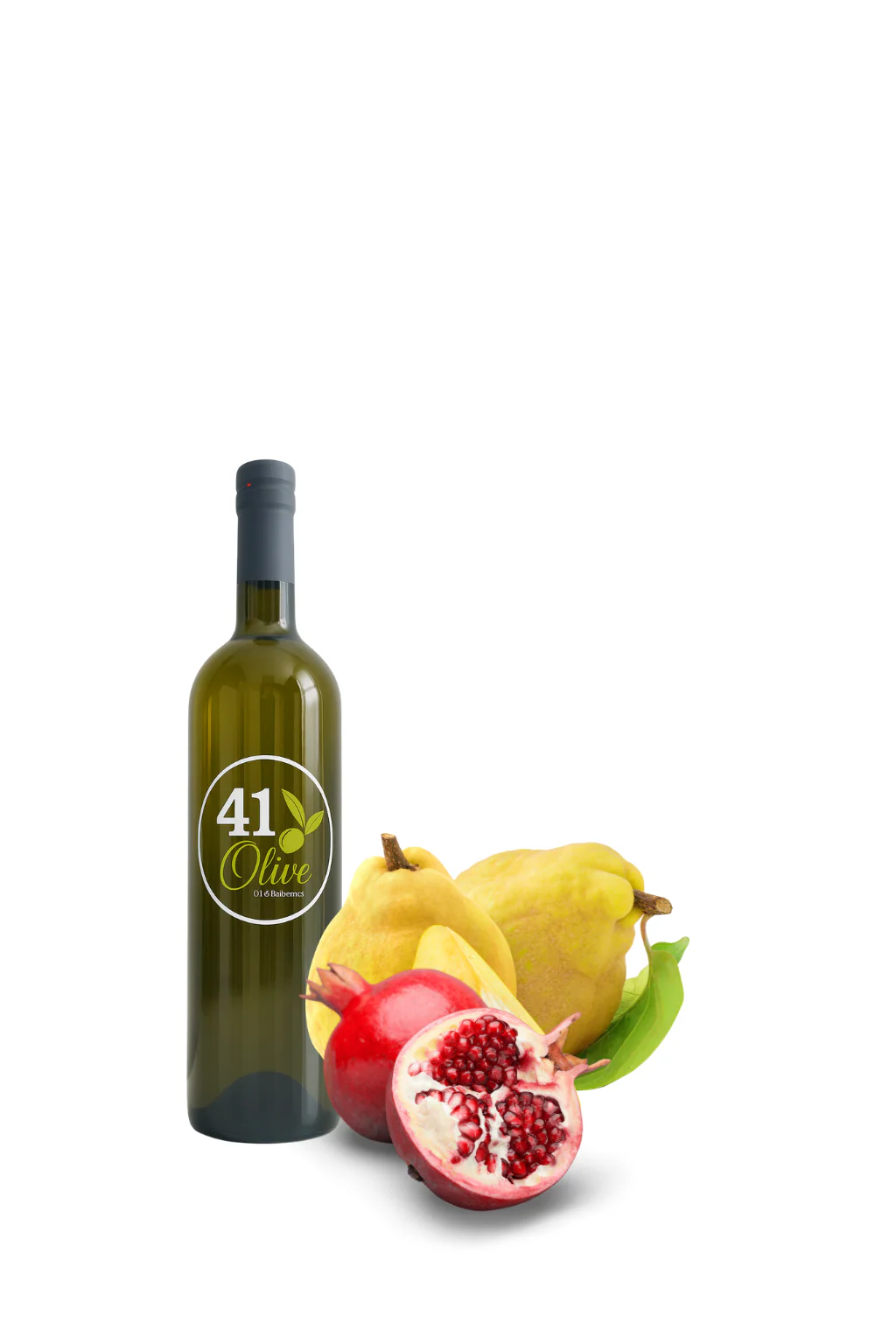The Essence of Authentic Flavor: Understanding the Value of Aged Balsamic Vinegar

The world of culinary craftsmanship contains many refined ingredients, yet few evoke elegance and depth like aged balsamic vinegar. Its origins are rooted in centuries-old traditions from Modena and Reggio Emilia, where artisans developed meticulous processes to refine grape must into a dense, aromatic elixir. Known for its luxurious complexity, this ingredient transforms food not merely by adding acidity, but through layers of sweetness, wood-aged nuance, and velvety richness that elevate flavor profiles to gourmet levels.
The Traditional Process of Aging
Handcrafted Methods Passed Through Generations
The production of aged balsamic vinegar begins with a careful selection of grapes—typically Lambrusco or Trebbiano. After crushing and slow cooking, the grape must is placed in wooden barrels of varying sizes. These barrels are made of oak, chestnut, cherry, ash, or juniper, each contributing distinct aromatic qualities. Over years—and often decades—the vinegar evaporates slowly, thickens naturally, and absorbs characteristics from the wood.
Time is essential. Unlike mass-produced vinegars that rely on artificial aging or additives, the traditional approach respects patience. The result is a product with depth that cannot be replicated quickly.
Flavor Profile and Sensory Characteristics
A Symphony of Sweetness and Acidity
When tasting aged balsamic vinegar, one encounters a perfect balance: gentle sweetness, bright acidity, and a lingering finish reminiscent of dried fruit and caramelized sugars. Its density coats the palate, and even a few drops can transform a dish. The complexity arises from slow fermentation, natural oxidation, and continuous barrel transitions that allow layers of aromatic compounds to develop.
Culinary Uses That Elevate Everyday Dishes
From Simple Plates to Gourmet Creations
The versatility of aged balsamic vinegar is impressive. In Italian kitchens, it is traditionally drizzled over Parmigiano-Reggiano, fresh figs, or risotto. It enhances salads without overwhelming them and brings a refined contrast to roasted vegetables. When paired with proteins such as filet mignon or grilled salmon, it creates a luxurious glaze that highlights natural flavors.
Even desserts benefit from it—vanilla gelato crowned with a few drops becomes a sublime experience where creamy sweetness meets rich tang.
Conclusion
The essence of aged balsamic vinegar lies not only in its flavor but in the artistry of its creation. It represents heritage, patience, and craftsmanship. Whether used sparingly in high-end dining or incorporated daily into home cooking, it lends sophistication and depth, reminding us that some of the finest culinary experiences come from ingredients shaped slowly and thoughtfully over time.
- Art
- Causes
- Crafts
- Dance
- Drinks
- Film
- Fitness
- Food
- Spellen
- Gardening
- Health
- Home
- Literature
- Music
- Networking
- Other
- Party
- Religion
- Shopping
- Sports
- Theater
- Wellness



